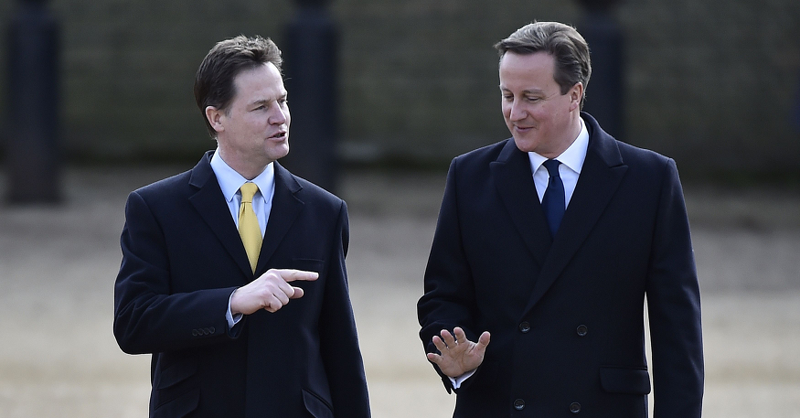A forced choice reveals a preference for the status quo
The last few days of the campaign are all about a small group of voters following their hearts or their minds. Using YouGov's First Verdict, I asked 2,327 people yesterday: "If forced to choose between a Labour majority government or a Conservative majority government, which would you choose?"
I did not allow a "don't know" option, and the result was exactly 50/50.
I also asked: "If forced to choose between a minority government led by Ed Miliband/Labour with support from the SNP, or a minority government led by David Cameron/Conservatives with support from the Liberal Democrats, which would you choose?"
This time the split was 42 to 58% – an extraordinary 16% advantage for the status quo. Our First Verdict sample is politically balanced but, being on an app, it is a little socially skewed, so it cannot be relied on to be quite as accurate as a normal poll. However, it is the contrast of these two results coming from the same sample that is important here: party preference and coalition preference are far apart.
This could yet work its way through to a shift by May 7.
The counter-argument is this: the most conflicted voters and the biggest group who could still switch are the Ukippers, who don't like Cameron but much prefer him to Labour plus SNP. But if you're anti-establishment, you get tired of being told to vote for something you don't like because of something slightly worse. Ukippers actually enjoy voting Ukip, and so they may simply go with their hearts rather than voting for someone who appears to despise them.
Conservative campaigners have never got to grips with this challenge: appealing positively to the people they most depend on to stay in power.
PA image










